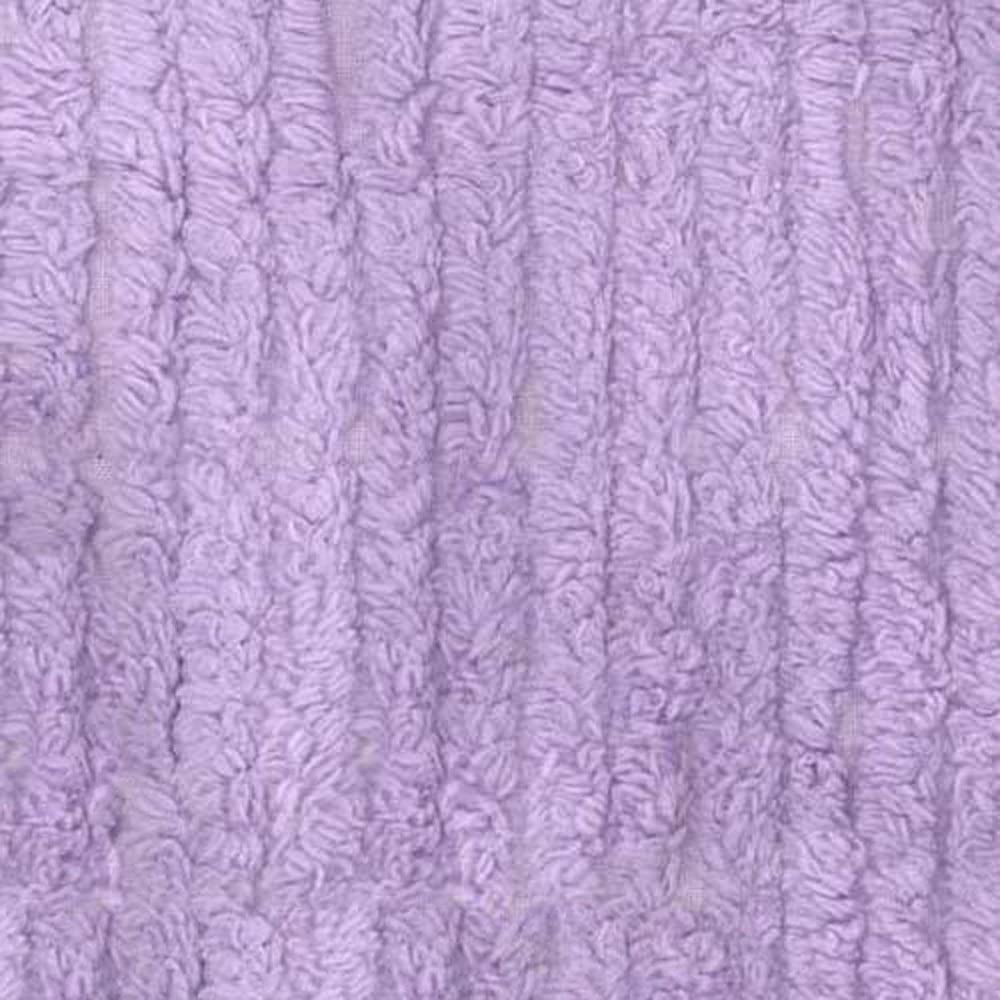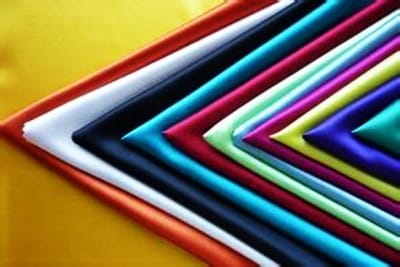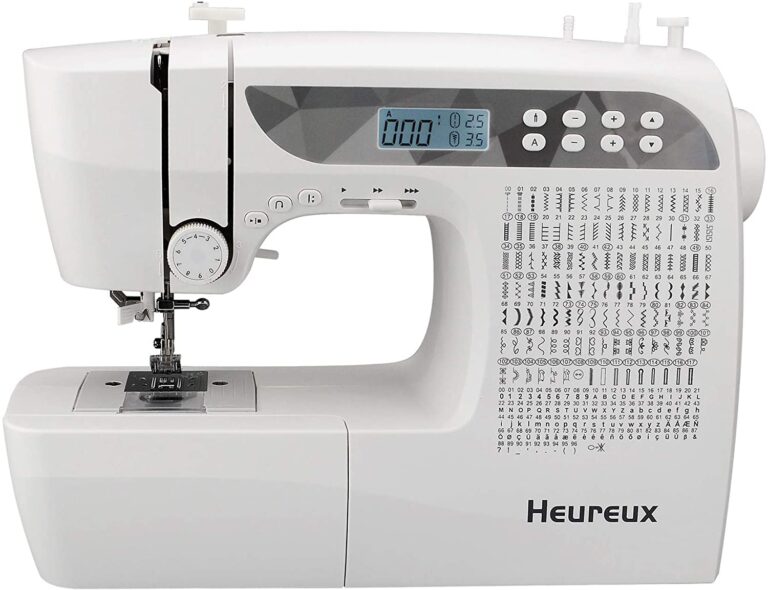Chenille Fabric: History, Properties, Uses, Care, Where to Buy
Table of Contents
Introduction to Chenille Fabric
The chenille fabric is unique. It refers to both the yarn and the fabric. It is known for its caterpillar-like fuzzy piles. The word chenille has been taken from French literature, which means “caterpillar” due to its resemblance with the fabric.
In the beginning days, this fabric was made using wool and silk. However, the modern type of this fabric is made from viscose and cotton. That’s why the qualities of modern Chenille fabrics are a change from the old ones. Normally, manufacturers use plain weave for making chenille while some others also use twill weave for it.

History of Chenille Fabric
This fabric is not as old as those made of fur and wool etc. it is one of the new textile industry inventions. The production of Chenille fabric started from the production of Chenille yarn. The first yarn was introduced in France during the 17th century. It was known for its unique long piles.
The original technique used for making Chenille yarn was to weave a leno during its first production. Afterward, the manufacturers would cut the fabric into various strips for making the yarn.
However, the first chenille fabric was introduced in the 1830s by Alexander Buchanan, who was a foreman in Paisley Fabrics in Scotland. He developed the fabric by weaving the tufts of colored wool into blankets and then cutting the strips to form the fabric through heating.
Properties of Chenille Fabric
Some major properties of chenille are as follows.
Higher Durability
Chenille is one of the most durable fabrics. However, it’s a bit sensitive; you need to take care of it to maintain its durability. Keep in mind; this fabric is prone to stretching and shrinking; that’s why following its care instructions is a must.
Fuzzy and Super Soft
This fabric is famous for its fuzziness and softness. This property of chenille is due to the short piles of the material used on each strand.
Shiny and iridescent
Chenille is not one of the shiny fabrics like jacquard and silk, etc. However, it catches light due to the piles’ unique directions, which makes this fabric look shiny and iridescent.
Great Drape
This fabric has a great drape. In fact, the drape was the major reason behind its fame in the textile industry.
Common Uses for Chenille Fabric
Some common uses of Chenille fabric are as follows.
Throws and Blankets
This fabric’s fuzzy and soft material makes it best for manufacturing warm blankets, throws, or other items of the same nature.
You might also be interested in:
Carpets and Rugs
Chenille is a popular fabric for making rugs and carpets etc. The carpets and rugs made of this fabric are often durable and have a deep and super soft pile.
Shawls
Due to the warmness, soft feel, and amazing drape, chenille makes a great fabric for manufacturing shawls.
Home décor
The upholstery made of this fabric is famous for couches, chairs, pillows, and more. Moreover, the window coverings and drapery fabric of chenille are also popular.
Apparel
In the modern textile industry, chenille is also used for making some apparel, especially blouses and dresses.
Caring for Chenille Fabric
Chenille is a sensitive fabric like beaded and is vulnerable to shrinkage or stretching. That’s why you should use it with care. To save your chenille items from wear and tear, make sure you don’t dry-clean them. Wash it by hand. Don’t hang it somewhere; just lay it flat until it dries. However, you can also machine wash it using warm water and a delicate machine cycle. While drying it, use lower heat.







